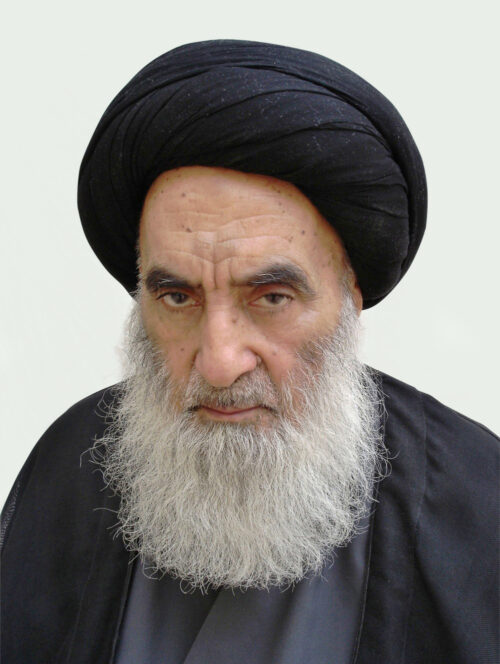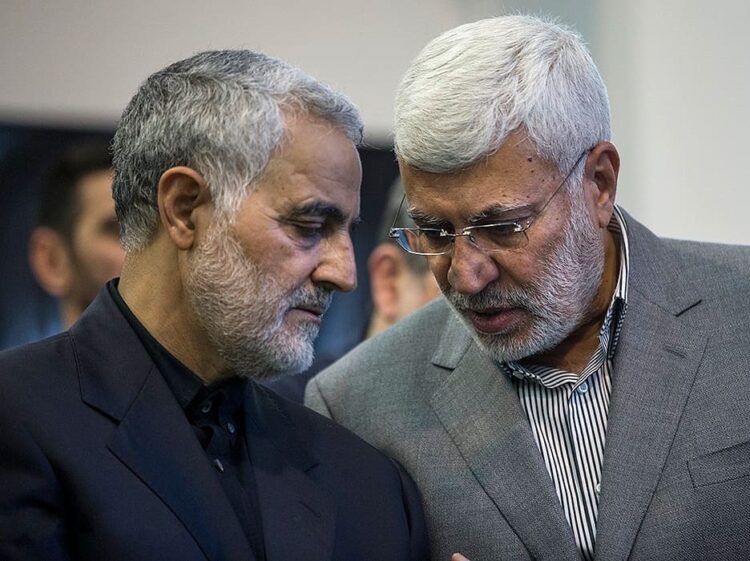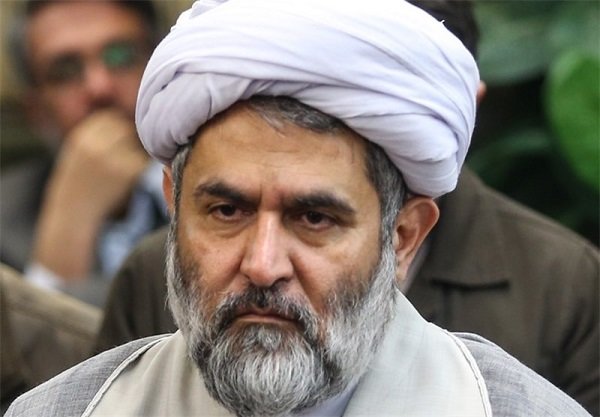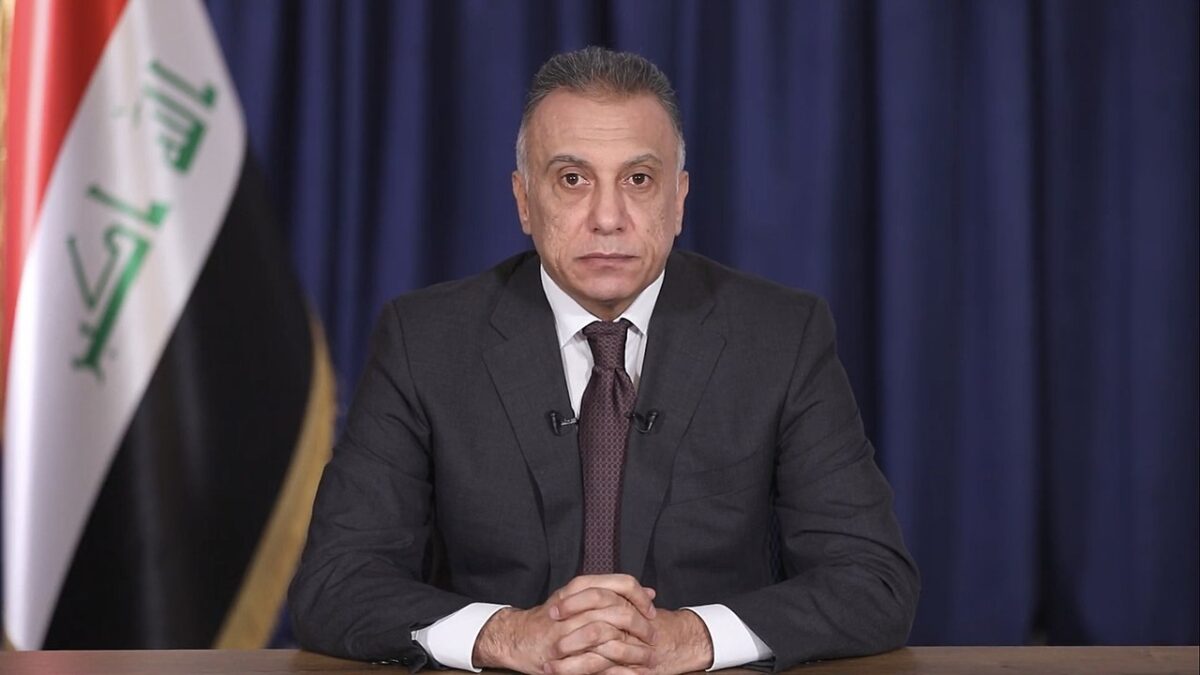Mustafa al-Kadhimi, the prime minister of Iraq, is due to arrive in Washington next month to discuss the future of the U.S. military presence in his country. His discussions with President Joe Biden could well be testy in light of recent events.
Since Biden’s inauguration in January, pro-Iranian militias have increased the frequency of their rocket and mortar attacks against American forces in Iraq. In response, the U.S. Air Force has twice bombed their bases in Iraq and Syria.
The conflict has placed Iraq in an untenable position. The Iraqi government has neither been able to exert control over the militias nor has it been capable of stopping the United States from carrying out its reprisals.
Caught in the middle of the violence, Iraq has criticized U.S. retaliatory strikes. After the latest ones, the Iraqi cabinet denounced them as “a flagrant violation” of international law, while Kadhimi’s spokesman, Yahya Rasool, described them as a “blatant and unacceptable violation of Iraqi sovereignty and national security.” He added that Iraq did not want to become an “arena for settling accounts.”
The United States and its allies invaded and occupied Iraq in the spring of 2003, deposing Iraqi President Saddam Hussein and his dictatorial Baathist regime and disbanding Iraq’s armed forces. As these events unfolded, Iran, Iraq’s rival, steadily increased its influence in Iraq.
Within months of the invasion, an anti-American insurrection broke out, plunging Iraq into sectarian warfare pitting the majority Shi’a Muslim community against the Sunnis, who ruled Iraq during the Baathist era.
Having suppressed the nation-wide revolt, the U.S. pulled out the bulk of its troops from Iraq in 2011. Emerging out of the chaos was the Islamic State organization, which had participated in the rebellion. Islamic State proceeded to conquer a succession of cities and towns, from Mosul to Tikrit, and create a functioning caliphate.

During this fraught period, Iraq’s supreme Shi’a religious leader, Ayatollah Ali al-Sistani, issued a fatwa instructing Shi’a militias to unite under the umbrella of the Popular Mobilization Forces, which now consists of more than 50 paramilitary groups with about 150,000 foot soldiers. They were amalgamated into Iraq’s armed forces in 2016, but they maintain a relatively high degree of autonomy.
Assisted by these militias, as well as by Kurdish fighters and U.S. air power, Iraq defeated Islamic State and destroyed the caliphate, prompting survivors to regroup in remote desert regions.
There are roughly 2,500 U.S. troops in Iraq today, and they play a key role in ensuring stability and helping Iraqi forces, including Shi’a militias, hunt down the remnants of Islamic State.
After the Trump administration unilaterally pulled out of the 2015 Iran nuclear agreement and imposed new sanctions on Iran, crippling its already shaky economy, pro-Iranian militias in Iraq began attacking U.S. bases on Iraqi soil and the American embassy in Baghdad.

These attacks spiked after January 2020, when a U.S. drone strike killed General Qassem Soleimani, the commander of Iran’s Quds Force, and Abu Mahdi al-Muhandis, the head of the Popular Mobilization Forces, at Baghdad airport.
Their untimely deaths prompted Iran to launch a missile barrage against a U.S. air base in Iraq, wounding scores of soldiers, and galvanized Iraq’s parliament to pass a non-binding resolution calling on the Iraqi government to eject foreign forces from Iraq. Since then, Iraqi and U.S. officials have been negotiating a new agreement governing the status of U.S. troops in Iraq.
In the meantime, Iraqi militias aligned with Iran have continued their attacks. Since Biden took office six months ago, they have conducted 20 rocket and eleven drone attacks targeting U.S. personnel and facilities in both Iraq and Syria (where approximately 900 American troops are stationed).
Their ultimate objective is to eject U.S. forces from both countries.
Recently, a commander of the Iranian Revolutionary Guards, Hossein Taeb, met the leaders of several Iraqi militias in Baghdad and urged them to keep up the pressure on U.S. forces until they leave Iraq.

This past April, the head of one of these groups, Qais al-Khazali, compared Shi’a militias to the Taliban in Afghanistan, saying that “the Afghan method is the only way to expel” American troops in Iraq.
Watching the United States pulling its forces out of Afghanistan after a 20-year engagement, Iran’s calculation is that mounting U.S. casualties will impel it to withdraw the remainder of its troops in Iraq and Syria.
Iran’s appraisal of realities on the ground may be spot on.
